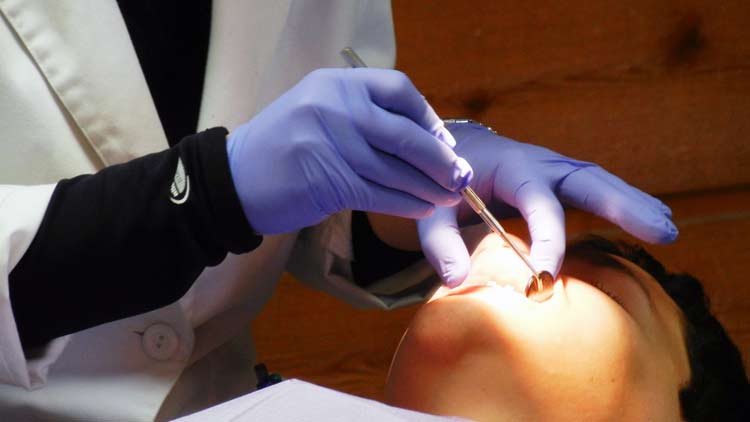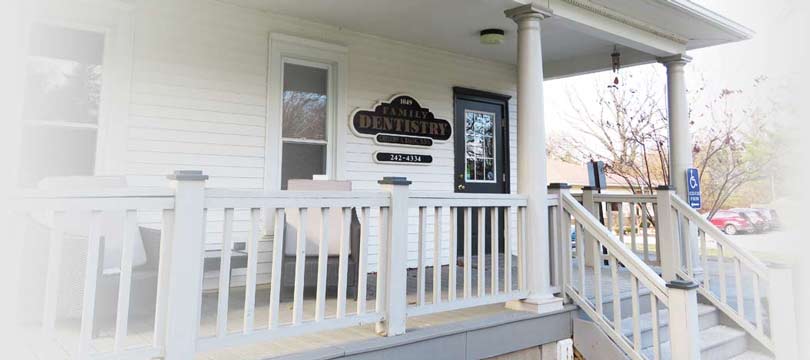
Tooth pain can vary from slightly uncomfortable to excruciating. Whatever your level of pain, it is critical to work with your dentist to diagnose the issue(s) quickly and address it. No matter how you feel about dental checkups, it is critical to make your dental health and comfort a priority.
In some cases, a root canal may be exactly what you need to address the pain. Here’s what you need to know about root canals, when you might need one, preventative tips and what a root canal procedure is like.
What Is a Root Canal?
A root canal is a procedure that works to save a tooth that is infected or decayed beyond repair. The pulp, or inside of the tooth where the nerves and tissue reside, usually gets to this point due to trauma or decay.
Your dentist will remove the pulp and then seal the tooth to prevent any further deterioration. This also minimizes risk for potential infection, although you may be placed on antibiotics as a precaution. It’s also a more cost effective and cosmetically appealing option than removing the tooth altogether.
How to Know if You Need a Root Canal
Many tooth issues don’t get addressed until it’s too late and by the time you know something is wrong, you’re looking at a procedure to fix it. Regular check-ups are critical, but here are a few signs it’s time to call your dentist:
- You have a cracked or chipped tooth.
- You’re extra sensitive to hot and cold.
- You experience abnormal pain while eating.
- Your gums are tender, swollen, or appear darker than usual.
- Your tooth is darkened beyond normal yellowing.
Tips for Preventing a Root Canal
There are ways to keep your teeth healthy in an effort to prevent the need for a root canal. While these don’t guarantee that you’ll never need a root canal, they are the first step in prevention.
- Brush at least twice daily.
- Floss so you aren’t leaving potential decay in the perfect hiding place to cause trouble.
- Use toothpaste or mouth rinse with fluoride to help strengthen teeth.
- Wear a mouth guard at night if you’re a teeth grinder or during the day if you play sports.
- Visit your dentist regularly to catch problems before they start.
- Keep your diet healthy and limit sugary food and drinks and hard candies.
What to Expect During a Root Canal
Root canals are not as scary as they sound. The most painful part is the time leading up to your procedure when the decay is still present. You can generally expect two office visits to complete the process. Here’s how the procedure will go and what to expect:
- Your dentist will take x-rays to get a better look at the decaying tooth.
- Then the area around your tooth will be numbed.
- Protective latex will be put on your tooth to keep it protected during the procedure.
- An opening at the top of your tooth will be created to remove the pulp inside.
- The inside of the tooth and root area will be cleaned thoroughly and filled with sealant.
- A temporary filling will be placed on the tooth until a permanent one can be made.
- You may be sensitive in the area for a few days, and you may be placed on antibiotics as a precaution to clear up any residual infection.
While getting a root canal doesn’t sound like a fun way to spend your day, it’s important to take control of your oral health by being informed. Knowing what to look for and how to tell if you need one helps prevent further damage. If you have questions about your dental health, tooth pain or root canals, contact us today.

 Request an Appointment
Request an Appointment